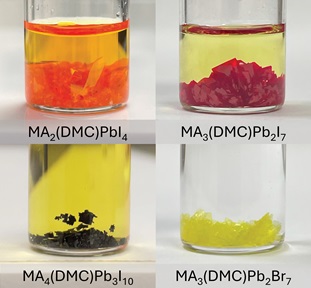Keeping the heat out
NTU researchers develop an energy-saving window that is able to regulate the temperature of buildings.

Windows are the least energy-efficient features of buildings, losing heat during cold weather while allowing heat to enter in warm weather. Buildings with windows require large amounts of energy for heating or cooling, adding significantly to the environmental footprint of cities.
Using a hydrogel-based liquid confined between two glass panels, a team of researchers from Singapore and China led by Dr Long Yi of NTU’s School of Materials Science and Engineering invented a window that is able to regulate the temperature of buildings.
state. In colder environments, the window remains transparent throughout the day, allowing sunlight to enter and warm up the building.
ventilation and air-conditioning by almost 50%,” says Dr Long.
According to the researchers, the windows are also able to reduce ambient noise with about 15% higher efficiency than normal double-glazed windows.
The study “Liquid thermo-responsive smart window derived from hydrogel” was published in Joule (2020). DOI: 10.1016/j.joule.2020.09.001. You can watch a video on the research here: bit.ly/smartliquidwindow.,
The article appeared first in NTU's research & innovation magazine Pushing Frontiers (issue #19, February 2021).




.tmb-listing.jpg?Culture=en&sfvrsn=29c7e020_1)
.tmb-listing.jpg?Culture=en&sfvrsn=55153609_1)

